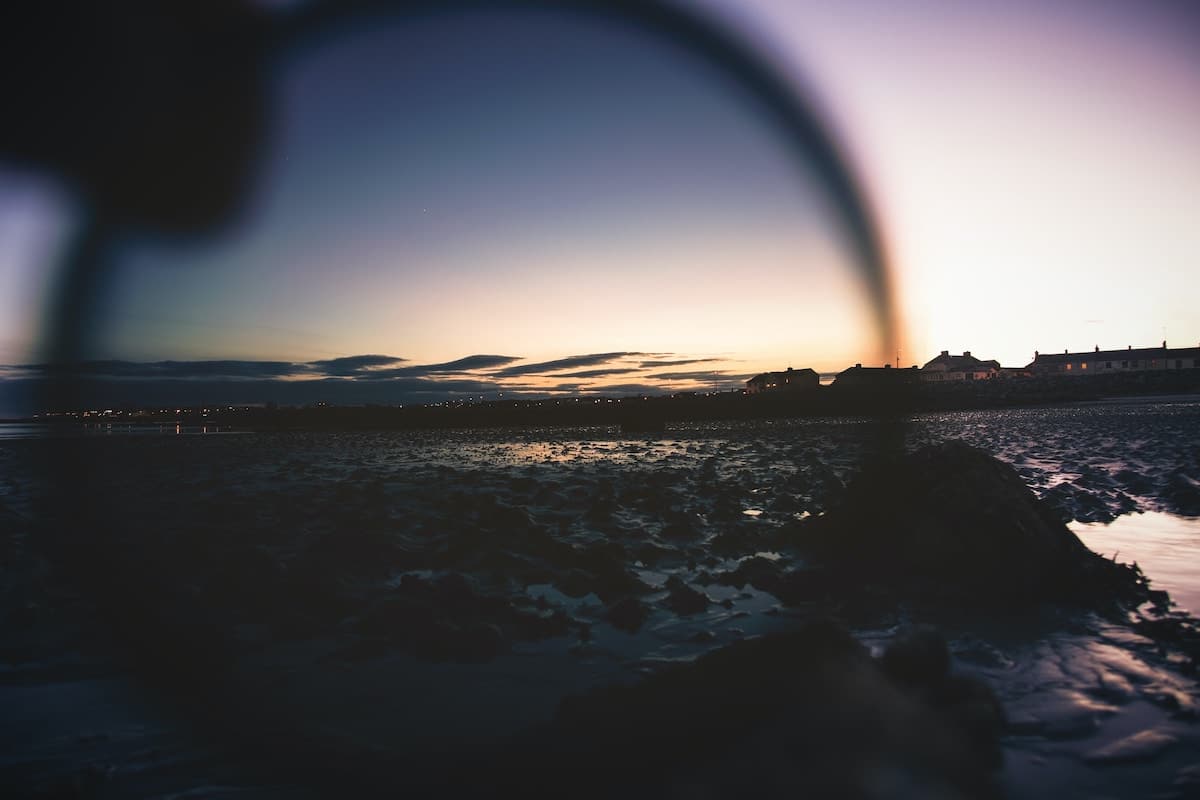If you’re anything like me, you’ve probably never heard of dichroic filters. It sounds like something straight out of a science-fiction movie. But don’t worry if you have no clue what they are because today, we will take an in-depth look into the guide for dichroic filters and how they are revolutionizing the world.
First things first, let’s define what precisely dichroic filters are. Simply put, a dichroic filter is an optical filter that separates different wavelengths or colors of light. Think about it like this: when sunlight passes through the earth’s atmosphere, it gets filtered so that only specific wavelengths come through – hence why we see beautiful sunsets with golds and pinks. Dichroic filters work similarly by reflecting or transmitting specific colors while absorbing others.
Images produced using these filters tend to be more vibrant and colorful – making them extremely popular for use in various applications such as photography, stage lighting, and even home decor!
So how exactly do dichroic filters work? Well, I won’t bore you with all the scientific details (unless you want me to), but here’s an overview: They use interference patterns created on thin-film layers on glass or plastic surfaces and can transmit up to 90% of their intended color.
Now that we understand what they are and how they work, let’s dive into some common uses for dichroic filters:
1) Photography – If you’re interested in photography, you’ve already come across these filters before! Dichroic Filters enhance images by manipulating light waves at specific frequencies allowing photographers more control over exposure levels and creating unique filtering effects.
2) Stage Lighting – Have you ever been mesmerized by the dazzling lights during performances? Chances are those eye-catching colors were enhanced by Dichroic Filters! These robust filters can create brilliant hues and notable color changes, adding an extra layer of eye candy to any performance.
3) Home Decor – Dichroic filters are just as beautiful for decorating a home or office space. Immensely popular in creating stunning installations such as chandeliers, planters, etc. If you want a room that reflects your personality and appreciation of the beauty of light, then adding dichroic filter accents will transform any space into something special.
From photography enthusiasts to theater productions, dichroic filters offer endless possibilities for enhancing colors and lighting effects.
Now that we’ve gone through a few uses, let’s take a closer look at how they work in certain situations:
1) Photography – One of the most common uses for dichroic filters is in photography settings, where they can completely alter the hue of light and pictures. By filtering out specific wavelengths or colors in the image-capturing process, photographers can achieve particular effects that wouldn’t be possible without these specifically designed pieces.
2) Stage production – Another setting where Dichroic Filters lend their unique capabilities is during stage lighting, which requires special lighting conditions for particular scenes/moods or even individual characters’ performances during different acts. In this case, as already said before, such manipulations with coloring become possible only with the help of Dichroic Filters, which grants these creative designers/acoustics experts complete control over lighting conditions and on-stage visibility settings.
3) Home decor – While using dichroic filter combinations/patterns for home decor might seem uncommon, it’s far from unheard-of! The Glassy Gemstone-like quality makes them perfect for glamorous accenting in chandeliers/centerpieces/planters/shades etc.
Dichroic filters have truly transformed imagery today when looking at numerous applications and areas, including stage production work/large entertainment structures essential part and pairing magnificently with natural light scenes mixed inside indoor spaces like homes. So next time you see a picture with an extra pop of colors or a beautifully lit stage production with stunning lighting effects – you’ll know the secret behind it!


